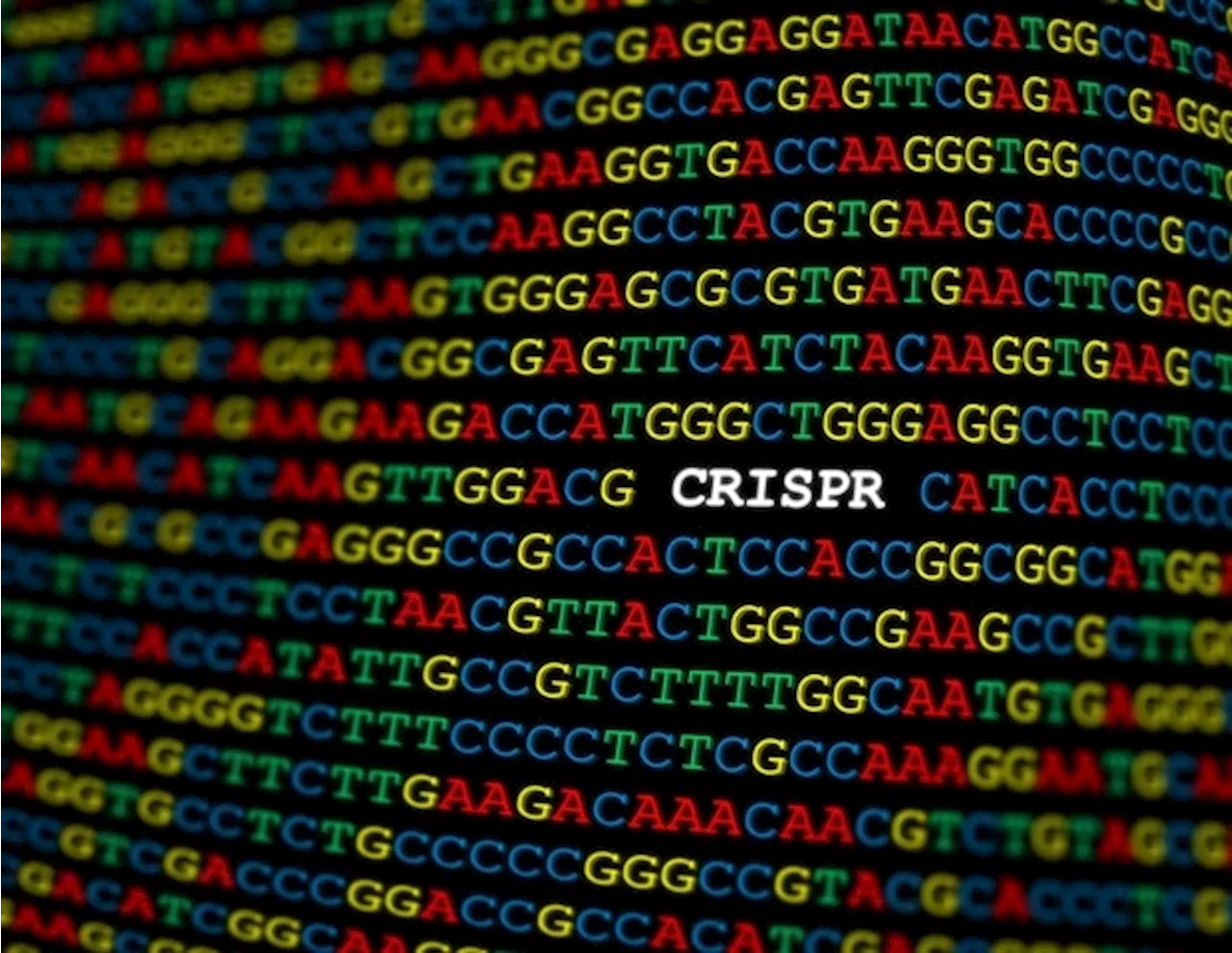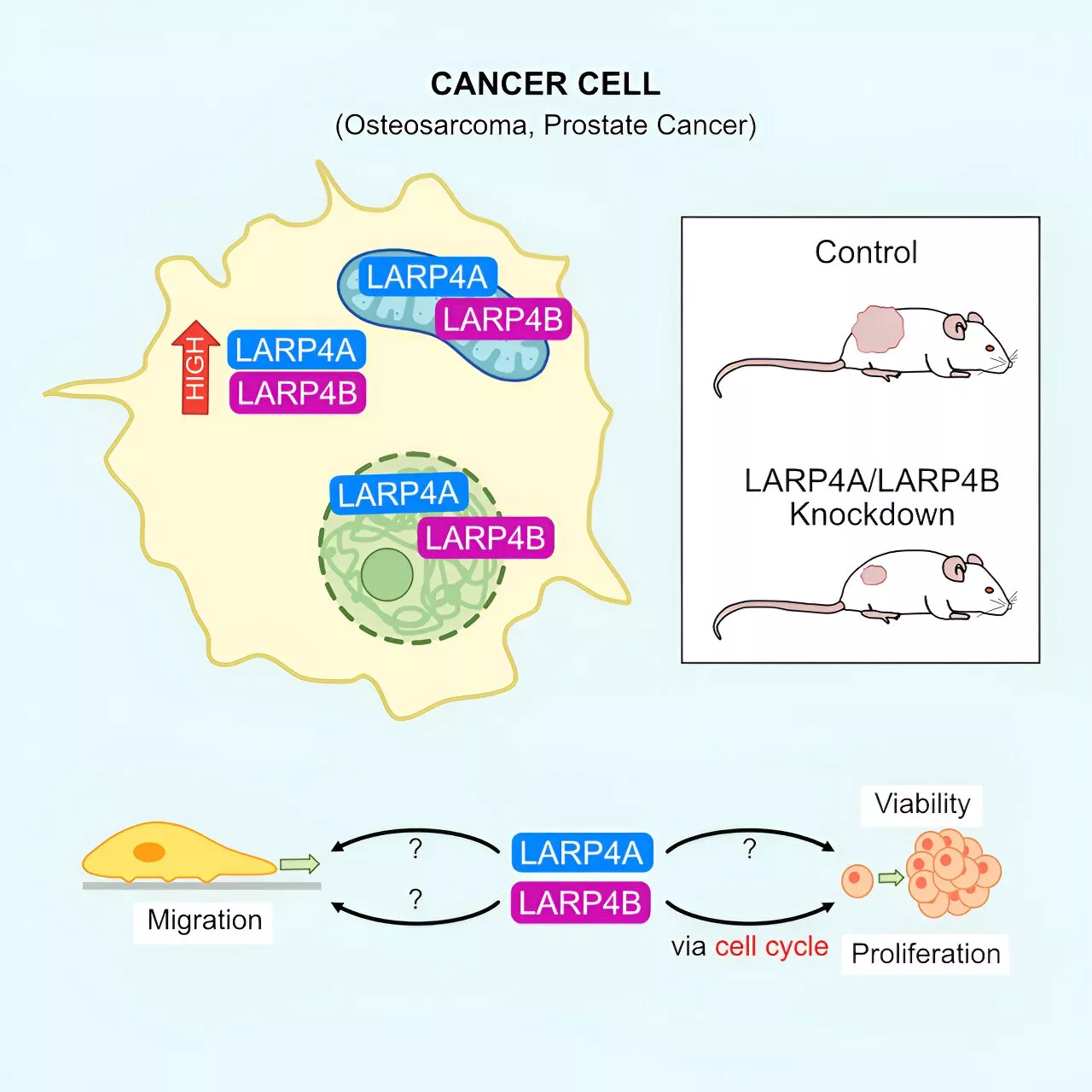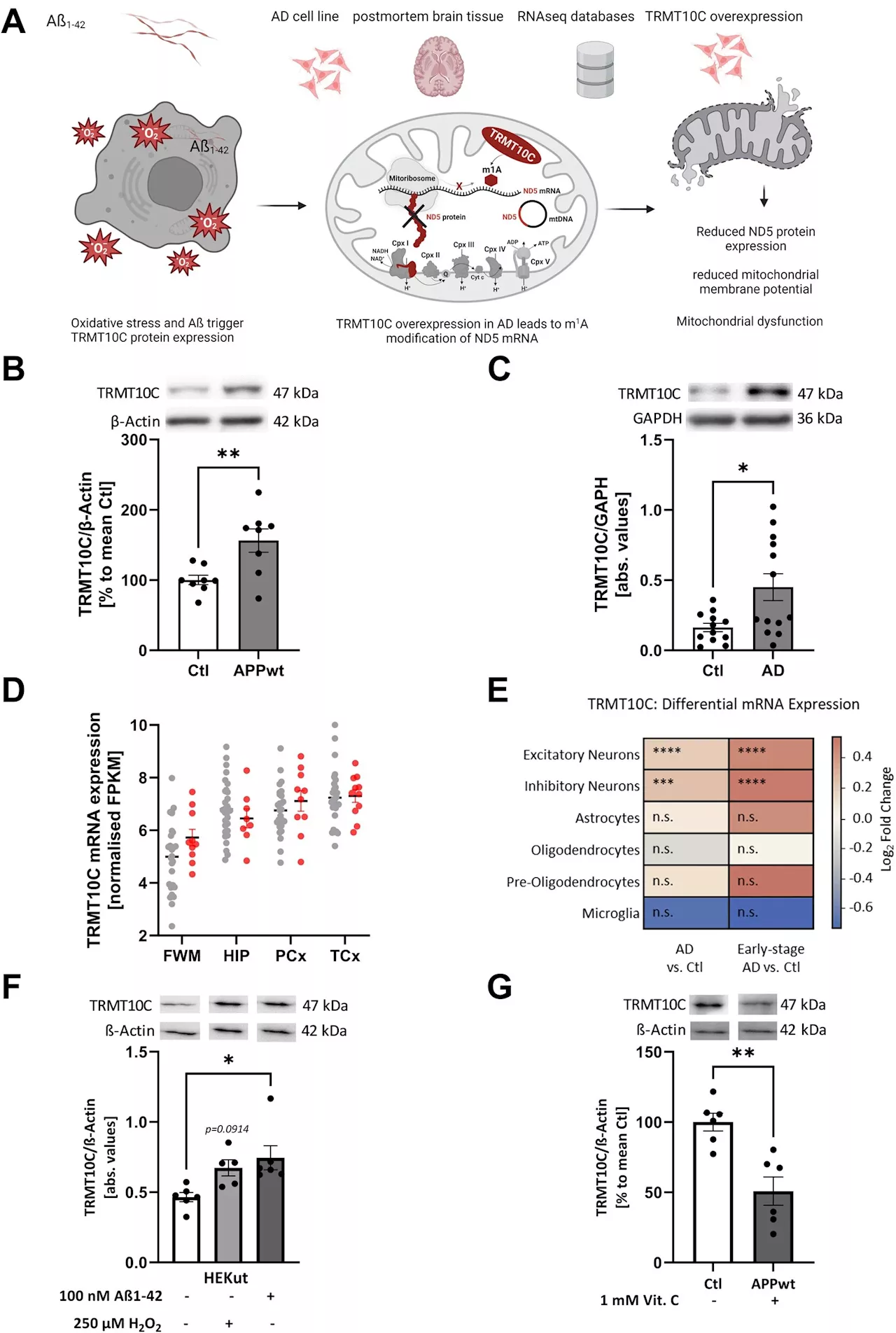This article explores the use of MMS technology for characterization of RNA-ligand binding dynamics.
Sponsored Content by RedShiftBioMay 9 2024Reviewed by Maria Osipova RNA molecules play multiple roles in the complex network of intracellular molecular interactions, beyond their typical function as mediators in gene expression. Among these diverse functions, RNA riboswitches are key regulatory elements that control gene expression in response to small molecule ligands.
SAM-I riboswitches have unique SAM specificity and affinity that serve as molecular sentinels and regulate gene expression to sustain cellular homeostasis and adapt to environmental stimuli. Figure 1. X-Ray crystal structure of SAM-I riboswitch with a bound ligand and the chemical structure of SAM. Adapted from ref. 4. Copyright 2017 by the RNA Society.
This article showcases a study that employed microfluidic modulation spectroscopy to examine SAM-I riboswitch structural changes upon binding. MMS was used to probe the nucleic acid bases in the Amide-I infrared range to interrogate the base pairing/stacking during RNA folding and unfolding. The light source and modulating background subtraction combine to make MMS 30x more sensitive than FTIR and 5x more sensitive than CD with respect to structural changes.5
Data processing followed the procedures used in a previous article.6 The raw differential absorbance was converted to absolute absorbance, normalized by concentration and optical pathlength. The second derivatives of the absolute absorbance spectra were taken to enhance spectral features. The second derivative was then inverted and baselined to produce a similarity plot, where the area of overlap is calculated compared to a control to quantitate similarity between samples.
A dose-dependent titration between SAM and the SAM-I riboswitch was also conducted, and the samples were structurally characterized using MMS. The MMS spectra in Figure 5 highlight two regions of gradual change upon SAM titration. Figure 5. Dose-dependent titration of SAM into SAM-I riboswitch. Gradual change in spectra has been observed as the SAM concentration increases. Image Credit: RedShiftBio
The first derivative of the spectral difference highlights that the SAM concentration at which spectral change occurred most rapidly was 4 μM. The study also demonstrates the potential of MMS in determining apparent Kd of RNA–ligand binding in the micromolar range by sensitively differentiating structural changes in the RNA riboswitch due to ligand binding.
RNA-Ligand Binding Dynamics MMS Technology
United States Latest News, United States Headlines
Similar News:You can also read news stories similar to this one that we have collected from other news sources.
 Unveiling the key role of RNA modification in HIV-1 survival and replicationA chemical modification in the HIV-1 RNA genome whose function has been a matter of scientific debate is now confirmed to be key to the virus's ability to survive and thrive after infecting host cells, a new study has found.
Unveiling the key role of RNA modification in HIV-1 survival and replicationA chemical modification in the HIV-1 RNA genome whose function has been a matter of scientific debate is now confirmed to be key to the virus's ability to survive and thrive after infecting host cells, a new study has found.
Read more »
 Cas13d-NCS: A game-changer in RNA virus defenseThe rise of RNA viruses like SARS-CoV-2 highlights the need for new ways to fight them. RNA-targeting tools like CRISPR/Cas13 are powerful but inefficient in the cytoplasm of cells, where many RNA viruses replicate.
Cas13d-NCS: A game-changer in RNA virus defenseThe rise of RNA viruses like SARS-CoV-2 highlights the need for new ways to fight them. RNA-targeting tools like CRISPR/Cas13 are powerful but inefficient in the cytoplasm of cells, where many RNA viruses replicate.
Read more »
 Transdifferentiation with RNA sequencing aids diagnosis of genetic disordersResearchers at Baylor College of Medicine have tested the feasibility of using human cell transdifferentiation with RNA sequencing to facilitate diagnoses of Mendelian disorders. The approach generated an overall diagnostic yield of 25.4% in a cohort of Undiagnosed Diseases Network cases.
Transdifferentiation with RNA sequencing aids diagnosis of genetic disordersResearchers at Baylor College of Medicine have tested the feasibility of using human cell transdifferentiation with RNA sequencing to facilitate diagnoses of Mendelian disorders. The approach generated an overall diagnostic yield of 25.4% in a cohort of Undiagnosed Diseases Network cases.
Read more »
 Study confirms how RNA chemical modifications benefit HIV-1A recent study has confirmed the positive effects of RNA chemical modifications on HIV-1. The research highlights the potential of these modifications in developing new treatments for the virus.
Study confirms how RNA chemical modifications benefit HIV-1A recent study has confirmed the positive effects of RNA chemical modifications on HIV-1. The research highlights the potential of these modifications in developing new treatments for the virus.
Read more »
 New potential avenues for cancer therapies through RNA-binding proteinsA new paper describes the role of two RNA-binding proteins in the development of sarcoma and carcinoma cancers, highlighting the important and emerging role of RNA-binding proteins in cancer research and offering a new avenue for therapeutic targets.
New potential avenues for cancer therapies through RNA-binding proteinsA new paper describes the role of two RNA-binding proteins in the development of sarcoma and carcinoma cancers, highlighting the important and emerging role of RNA-binding proteins in cancer research and offering a new avenue for therapeutic targets.
Read more »
 Study finds RNA modification is responsible for disruption of mitochondrial protein synthesis in Alzheimer's diseaseA team of researchers at Johannes Gutenberg University Mainz (JGU) has identified a mechanism that causes mitochondrial dysfunction in Alzheimer's patients resulting in a reduction of the supply of energy to the brain.
Study finds RNA modification is responsible for disruption of mitochondrial protein synthesis in Alzheimer's diseaseA team of researchers at Johannes Gutenberg University Mainz (JGU) has identified a mechanism that causes mitochondrial dysfunction in Alzheimer's patients resulting in a reduction of the supply of energy to the brain.
Read more »
